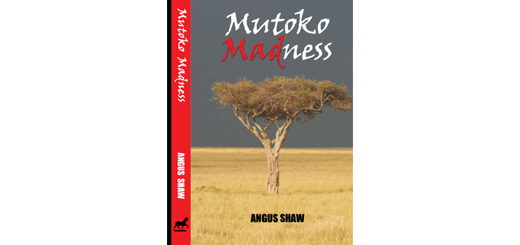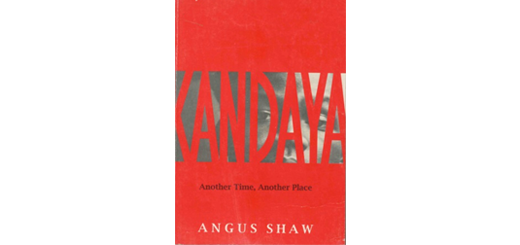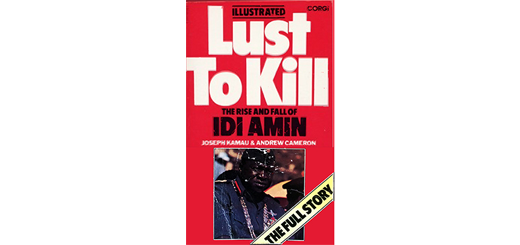Hell run to the sea – more dangerous than Renamo
Carpe Diem, ‘seize the day’ or enjoy the present instead of placing all hope in the future. Literally from the Latin: “pluck the day while it is ripe.”
- This boat, named Carpe Diem, beached in the harbour at Vilancoulos, has had its ripe day and won’t be sailing into the future any time soon. Here’s an update on the hell run from Harare to a jewel on the ocean, Vilancoulos … such days are indeed ripe, if not in the best way.
The Mozambique armed convoy leaves Muxungue at 12.30 pm if it’s your lucky day. It can set off any time before 2.00 pm, cars, trucks, buses, kombis and most things on anything between four and 32 wheels lining up for two or three kilometers, having started gathering earlier and attracting hordes of vendors and grimy, grubby children in rags begging – but there are big toothy grins here, laughing, smiling, teasing, happy to be in this mixture of dry, dusty poverty because they are used to it; it is all they have ever known.
Departure time southbound depends on the arrival of the northbound convoy from the Save river 110 kilometers away that sets off at 9.00 am if it’s your lucky day.
There hasn’t been a rebel Renamo ‘incident’ of this road for several weeks. Most recent attacks have been on the road far to the north through Tete to the Malawi border. Still, Renamo has dug three deep trenches into the tar on the Muxungue-Save route – intended ambush positions – which bring the convoy to a standstill as drivers negotiate around them, government soldiers at the ready at each one.
A truck tries to barge through a trench there have been fruitless efforts to refill, it’s empty trailer jumping and rattling a rat-ta-ta-tat like a burst of small arms fire to those unfamiliar with the sharp crack of the AK 47. The soldiers wave the convoy on.
Driving is certainly more life threatening than Renamo this trip. The convoy goes at between 60-80 kilometers per hour and comes to a stop occasionally to let tail enders catch up. As everyone should know, it’s reckless to drive nose to tail at any speed; experienced drivers keep a good distance from the vehicle ahead.
Tyres squeal in emergency braking as the convoy draws to a quick halt. Drivers then begin keeping their distance but that opens the way for the roadhogs to start overtaking – big 4X4s, overloaded kombis, overloaded buses and trucks zigzag and swerve to get higher up the convoy line. One narrow bridge is like as egg timer with all the grains of sand trying to beat each other, honking horns, yelling at each other, scraping bumpers and bull bars – it’s survival of the biggest on this part of the hell run.
My old friend Jeremy Clarkson – or the new boys at ‘Top Gear’ – should really try it. It would make enthralling television.The daredevils of stock car racing at Indianapolis and the crazies at ‘Hot Car’ and extreme sports magazines should do it too.
Fact sheet:
Harare-Vilancoulos +/- 1,000 km
Major road works Chimoio-Inchope. Expect delays.
Inchope-Muxungue. 150 kms
Chimoio-Vilancoulos. Beware deep potholes all the way, reducing speed dramatically in places. Boneshaking small cars like my little NP 200 bakkie not recommended.
Breaking the trip with one overnight stop, actual time at the wheel +/- 16 hours, including the convoy helter-skelter of +/- 2 hours.
Post Script: The ubiquitous left hand drive +/- 18 wheeler Freightliner trucks are a deadly menace. The driver swings out from his near side crumbling tar to the centre of the road without warning and on narrow stretches there’s the risk of a fatal sideswipe. There was once a campaign to ban the heavy goods lefthanders on right hand driver roads in southern Africa but influential profit-hunting operators and politicians got them on the cheap from left hand driver countries such as Saudi Arabia and elsewhere as our railways declined.



